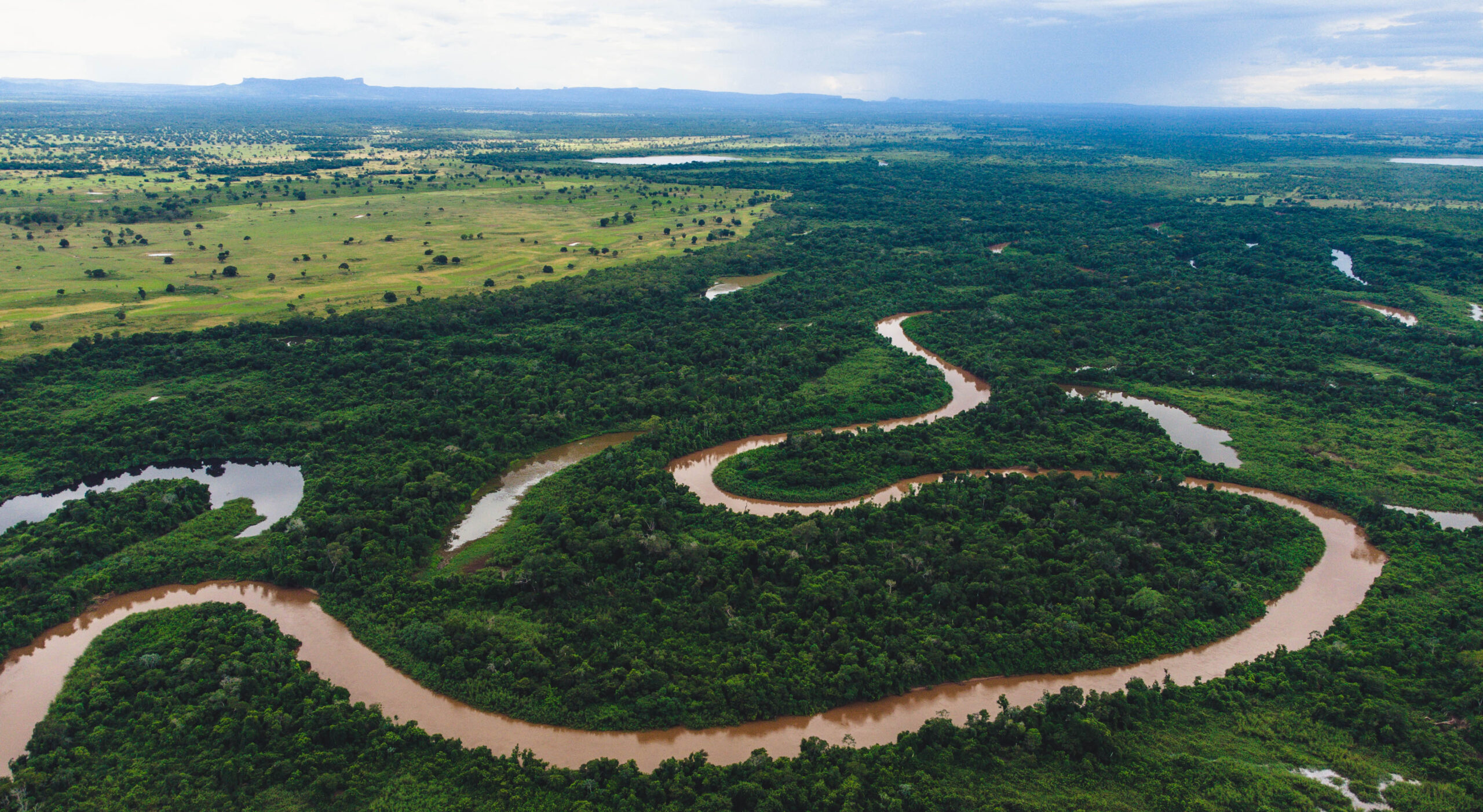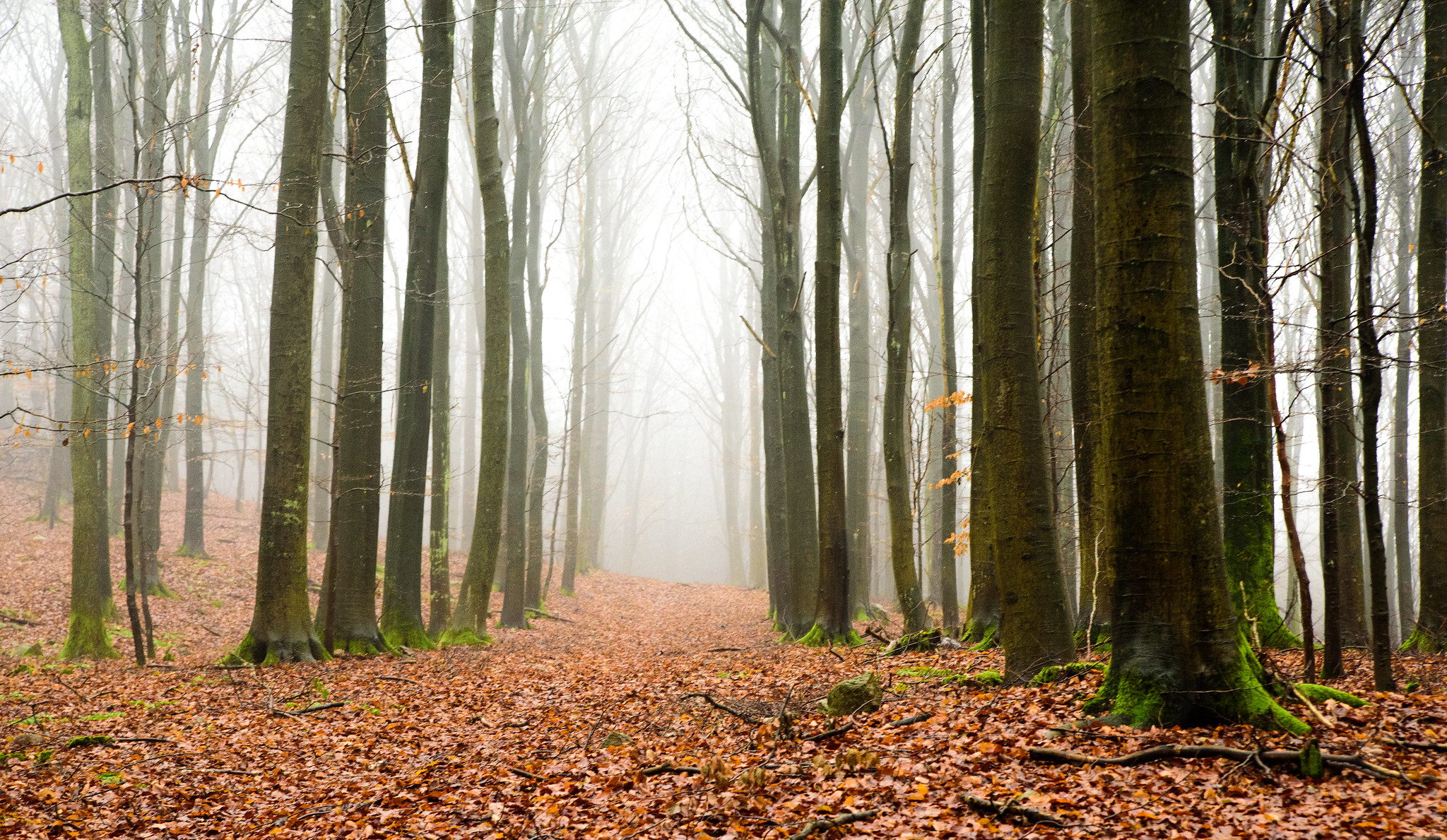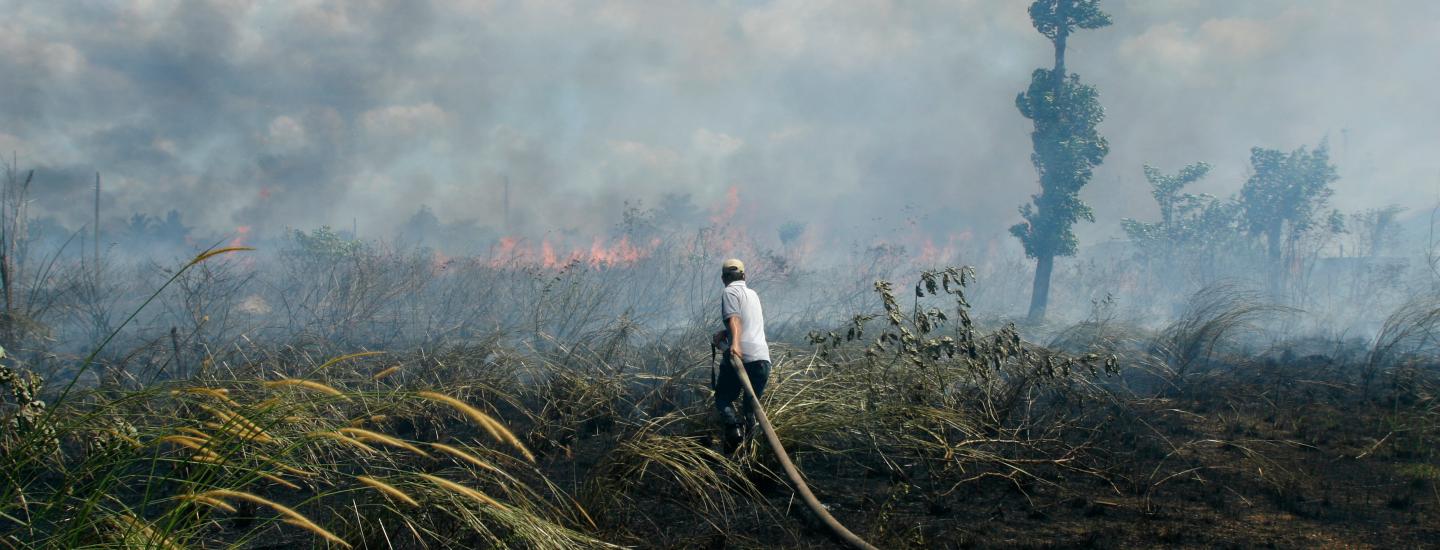- Insights
3 Myths and Facts about Forest and Landscape Restoration
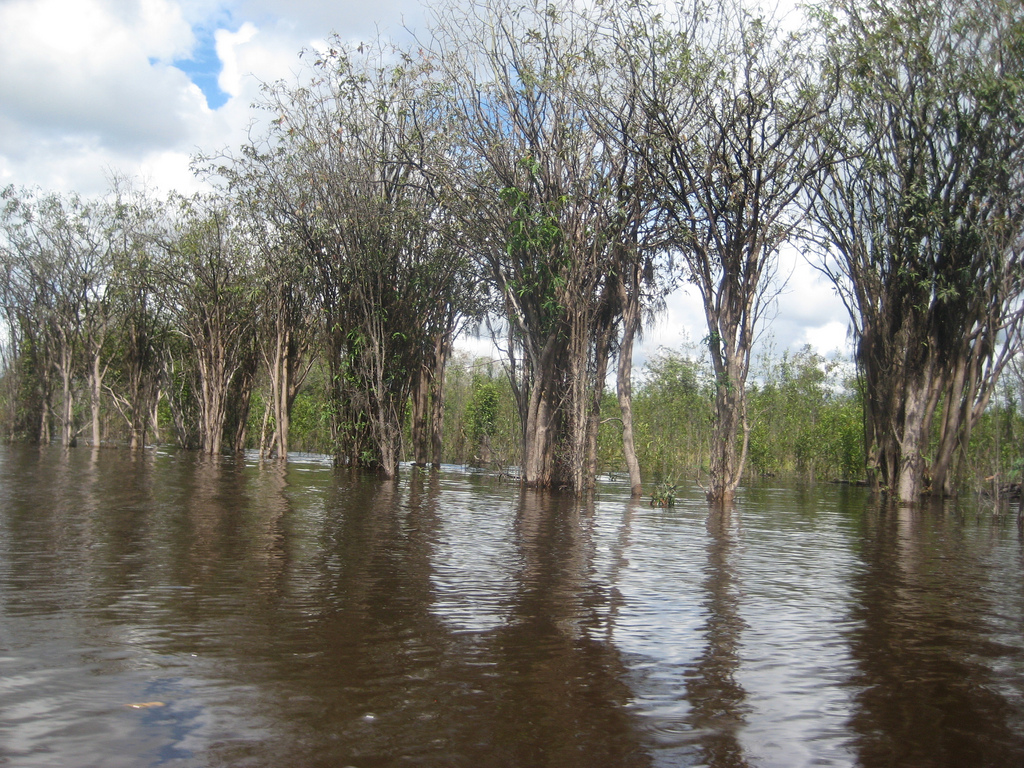
By Kathleen Buckingham and Lars Laestadius
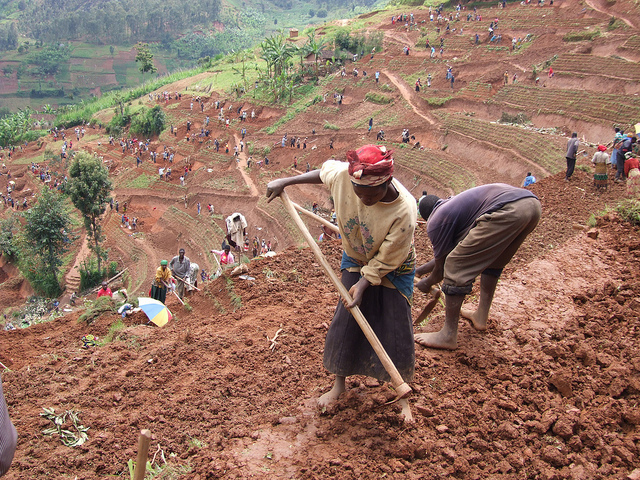 In Rwanda, 85 percent of the population makes a living from subsistence farming of degraded, formerly forested lands. Photo by DFID – UK Department for International Development (license information here).
In Rwanda, 85 percent of the population makes a living from subsistence farming of degraded, formerly forested lands. Photo by DFID – UK Department for International Development (license information here).This is the third installment of WRI’s blog series, New Perspectives on Restoration. The series aims to share WRI’s views on restoration, dispel myths, and explore restoration opportunities throughout the world. Forest and Landscape Restoration is an environmental practice aimed at bringing damaged ecosystems back to life—right? Not exactly. Restoration means working to ensure that ecosystems deliver benefits for generations to come. As we enter World Forest Week 2014, where the Food and Agriculture Organization (FAO) of the United Nations will launch a Forest and Landscape Restoration Mechanism to help countries meet the Bonn Challenge to restore 150 million hectares of degraded and deforested lands by 2020, we need to think about creating the rich landscapes that the world needs. However, myths about restoration can get in the way of action. Let’s dispel some of them, one by one:
Myth #1: Restoration means restoring back to a former ecosystem.
Fact: Returning an ecosystem to its former landscape may not be possible or desirable in some places.
Landscapes have always been changing over time, and human-caused climate change is exacerbating that changeability. The Intergovernmental Panel on Climate Change (IPCC) highlighted in its 2014 report that the globe has seen a significant warming trend since 1850. The world is facing unprecedented warming, sea level rise, and more extreme weather events. Rather than bringing back previous ecosystems, landscape restoration must build landscapes that are capable of coping with the future; landscapes that are resilient to climate change and increasing landscape pressures. Returning the landscape to the former vegetation is not always preferable. Puerto Rico has seen new ecosystems emerge that did not exist before the arrival of Europeans in the late 1400s. These so-called novel ecosystems offer resilience in a time of changing climate. Non-native tree species are often criticized as “invasive,” but in Puerto Rico they have played an important role in reversing forest fragmentation and deforestation without causing the extinction of local animals or plants. With an estimated 9.6 billion people expected to inhabit the world by 2050, pressure on land use for agriculture and ecology will rise. Restoring the forests that once covered most of the United Kingdom, the Netherlands, and Rwandawould not work for today’s populations. In Rwanda, for example, 85 percent of the population makes a living from subsistence farming of degraded, formerly forested lands. Restoring productivity to these lands by adding trees is essential; restoring forests to them is unrealistic. Restoration and livelihoods must go hand in hand.
Myth #2: Restoration is all about planting trees.
Fact: Restoration is about creating benefits, and planting trees may not be a part of it.
Planting trees can be an effective way to restore landscapes, but far from always. For example, afforestation has been accepted as an important strategy for preventing soil erosion on the Chinese Loess Plateau, but scientists are increasingly questioning the long-term sustainability of afforestation in such an arid environment. Moreover, tree planting is biologically risky. The total survival rate of trees in the Loess Plateau has been low in some areas, and only 25 percent of the 400,000 Chinese pine trees planted in northern Shaanxi as part of China’s “Grain for Green” policy survived. Natural regeneration, sometimes with the assistance of fire suppression and reduced grazing, can be a better approach than tree planting. Nor are trees always the answer. Other plants have characteristics that make them more useful in some cases. Bamboo, for example, can help protect sloping land, regenerate denuded areas, or quickly restore riparian zones. In India, INBARdeveloped a bamboo restoration project on a denuded brick mining site which regenerated the land quickly. Having first benefitted from bamboo acting as a pioneer species, the site has later been serving as productive bamboo agroforestry, helping the environment and fueling job growth. Tree planting is often expensive. Restoring all the trees that the planet needs by planting is neither practically feasible nor financially possible. Tree planting should be seen as one of a suite of restoration activities. A promising alternative is Farmer Managed Natural Regeneration, which in Niger has allowed native trees and shrubs to regrow from remnant underground root systems into healthy agroforestry systems. More than a million rural households in Niger have protected and managed trees in agroforestry landscapes since 1985, restoring more than 5 million hectares. Many farmers have then been able to double or triple their incomes through the sale of agroforestry products.
Myth # 3: Delaying restoration costs nothing.
Fact: Inaction costs more than people think.
Every year that goes by without restoration comes with a cost—a cost that is often paid by poor people who live off degraded land. Deforestation in Ethiopia has left less than 3 percent of the country’s native forests standing, with disastrous results. Soil degradation has led to erosion, periodic landslides, and famine, causing economic losses of $1 to 2 billion annually in a country where farming provides approximately 85 percent of the total employment and 47 percent of GDP. Early action, on the other hand, can bring unforeseen benefits. A water crisis in the mid-1800s triggered the restoration of the rainforests that once surrounded Rio de Janeiro. The restored forests of Tijuca have resulted in one of the largest urban national parks in the world, allowing the city to grow and benefit in ways unforeseen 150 years ago. As the Chinese saying goes, one generation plants a tree and the next benefits from the shade. It doesn’t need to take that long, but the time to act is now.
